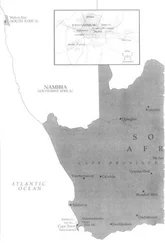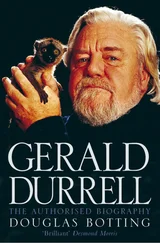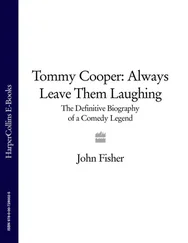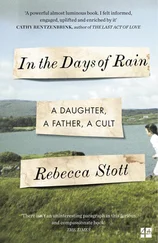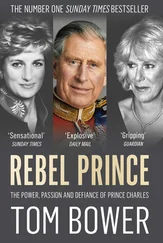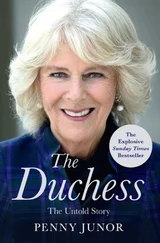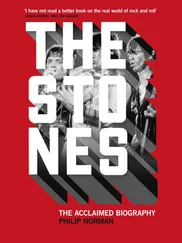A few days after the party, in his sombre presidential office in the Union Buildings in Pretoria, he reflects quietly about the hectic past two weeks. He happily remembers the warmth and enthusiasm of his welcome in Britain, but he becomes much more intimate when he goes on to talk about his twenty-seven years in jail. He recalls again how he came to realise in prison that the warders could be good or bad, like any other people. ‘It was a tragedy to lose the best days of your life, but you learnt a lot. You had time to think – to stand away from yourself, to look at yourself from a distance, to see the contradictions in yourself.’
He still seems to keep his prison cell inside him, protecting him from the outside world, controlling his emotions, providing a philosopher’s detachment. It was in jail that he developed the subtler art of politics: how to relate to all kinds of people, how to persuade and cajole, how to turn his warders into his dependants, and how eventually to become master in his own prison. He still likes to quote from W.E. Henley’s Victorian poem ‘Invictus’: ‘I am the master of my fate, I am the captain of my soul.’
In this book I try to penetrate the Mandela icon, to show the sometimes harsh realities of his long and adventurous journey, stripped of the gloss of mythology; and to discover how this most private man relates to this most public myth. I try to penetrate into the prison years, when for almost three decades he was hidden from the glare of public politics, and gained the detachment which steeled him for the ordeals ahead. And I try to trace the unchanging man behind all the Mandelas in his bewildering and wide-ranging career: the son of an African chief who retained many of his rural values while bestriding the global stage.

1918–1964

1918–1934
FEW PARTS of South Africa are more remote from city life than the Transkei, six hundred miles south of Johannesburg. It is one of the most beautiful but also one of the poorest regions of the country. The limitless vistas of rolling hills, pale green grass and round thatched huts, with herdboys and shepherds driving their flocks between them, present an almost Biblical vision of a timeless, idyllic, pastoral life. But the beauty is skin-deep: the land is desperately overpopulated, and the thin soil is so eroded that it can only sustain scattered groups of scrawny cattle or sheep and sporadic crops of maize.
It is here that Nelson Mandela was born and brought up, and here that he has built the house to which he retreats for Christmases and holidays, and where he intends to retire. It is a large red-brick bungalow with Spanish-style arches alongside the main road, the N2 from Durban to Cape Town, a few miles south of Umtata, Transkei’s biggest town. It stands at the end of an avenue of cypresses, surrounded by a wall and a bushy garden which cuts it off from the open countryside. Mandela conceived the house during his last year in jail, and based its floor-plan on the warder’s house in the prison compound where he was living. He chose the site, which looks over his home district of Qunu, in the belief that ‘a man should die near where he was born’.
Mandela’s actual birthplace is several miles south, in the small village of Mvezo on the banks of the winding Mbashe (Bashee) river, where his father was hereditary chief. (The family’s group of huts, or kraal, is no longer there: in 1988 Mandela, then in jail, would ask a local lawyer to locate it, but he could find no trace. 1) Rolihlahla Mandela was born in Mvezo on 18 July 1918 – at a time, he would later reflect, when the First World War was coming to an end, the Bolshevik revolution in Russia was being consolidated, and the newly-formed African National Congress sent a deputation to London to plead for the rights of black South Africans. The British Cape Colony, which included the ‘native reserve’ of the Transkei, had been absorbed into the Union of South Africa in 1910, and three years later the Native Land Act dispossessed hundreds of thousands of black farmers, many of whom trekked to the Transkei, the only large area where Africans could own land. The Transkei has produced more black leaders than any other region of South Africa, and it was with this history that they were brought up.
Rolihlahla’s father, Hendry Mandela, suffered his own dispossession. The year after his son was born the local white magistrate summoned Hendry to answer a tribesman’s complaint about an ox. Hendry refused to come, and was promptly charged with insubordination and deposed from the chieftainship, losing most of his cattle, land and income. The family moved from their ancestral kraal in Mvezo to the nearby village of Qunu, where the boy Mandela would spend his next few years. Although their fortunes had suddenly declined, they kept together without too much hardship. They shared food and simple pleasures with cousins and friends, and Mandela never felt alone: in later life he would look back warmly on that collective spirit and sense of shared responsibility, before Western influences began to introduce competition and individualism.
Hendry Mandela was a strict father, with a stubbornness which his son suspects he inherited. He was illiterate, pagan and polygamous; but he was tall and dignified, darker than his son, and with no sense of inferiority towards whites. He inhabited a self-contained rural world with its own established customs and rituals. He had four wives, of whom Mandela’s mother, Nosekeni Fanny, was the third. Each had her own kraal, which was more or less self-sufficient, with its own fields, livestock and vegetables. 2Hendry would move between the different kraals visiting his wives, who appear to have been on good terms with each other. He kept some home-brewed liquor in his hut, with a bottle of brandy in the cupboard which would last three or four months. He respected tribal customs: when a baby was born he slaughtered a goat and erected its horns in the house. 3
Hendry never became a Christian, but he had some Christian friends, including the Reverend Tennyson Makiwane, a scholarly community leader who was part of the elite of the Transkei (his offspring were later to be controversial members of the ANC). 4He was also close to the Mbekela brothers, George and Ben, who belonged to the separate tribal group called Amamfengu, or ‘Fingoes’; this group remained apart from the Xhosa people, and were more influenced by missionaries and Western customs, many of them becoming teachers, clergymen or policemen. The Mbekela brothers converted Mandela’s mother to Methodism, after which she began wearing Western dresses instead of Xhosa garb. She had her son baptised as a Methodist, and later the brothers persuaded both parents that Mandela should go to the local mission school – the first member of the family to do so.
Mandela’s sisters Mabel and Leabie would recall with pleasure the simple country life of their childhood in Qunu, revolving around the three round huts or rondavels in their mother’s kraal – one for sleeping, one for cooking, one for storing food – fenced off with poles. The rondavels were made by their mother from soil moulded into bricks; the simple chairs and cupboards were also made of soil, and the stove was a hole in the ground. There were no beds or tables, only mats. The roofs were made of grass held together with ropes. 5They lived largely on maize, which was stored in holes (izisele) in the kraals. The boys spent the day herding the cattle, and the girls and women of the family prepared the food together in one of the houses, grinding the maize between stones, cooking it in black three-legged metal pots and mixing it with sour milk. The family would all take the main meal together in the evening, sitting on the ground eating from a single dish.
Читать дальше
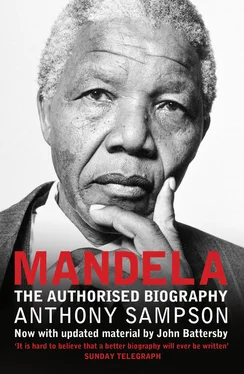

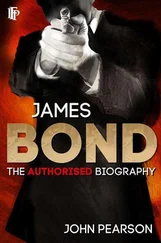
![Мик Уолл - Когда титаны ступали по Земле - биография Led Zeppelin[When Giants Walked the Earth - A Biography of Led Zeppelin]](/books/79443/mik-uoll-kogda-titany-stupali-po-zemle-biografiya-thumb.webp)
